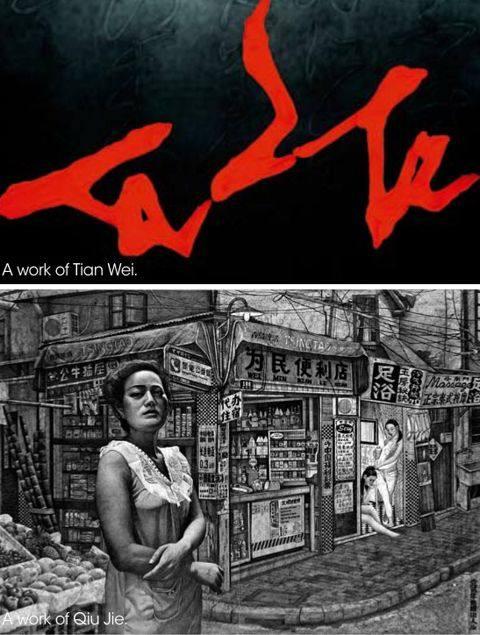New York

New York
Subject Verb Object
(Wang Xieda solo exhibition)
January 10 – February 9, 2013 James Cohan Gallery (New York)
Wang Xiedas sculptures range in material from cast bronze to paper pulp. Born in 1968 and now a resident of Shanghai, Wang has spent the past 20 years studying the history of Chinese written language, specifically focusing on Chinese calligraphy from the Fourth Century, the period in which the brush began being used instead of carving characters on wood, bamboo, or stone. Chinese writing evolved through the development of pictographs (depicting objects) and ideographs (representing abstract notions). Wang celebrates writing styles of Chinese characters through depicting them with Western sculpture techniques.
Beijing
Experiment in Chinese Contemporary Art (First Round Exhibition)
January 6 – February 26, 2013 Today Art Museum
The exhibition invited four artists, Wang Huaiqing, Sui Jianguo, Zhong Biao and Chen Wenling, to explore the same theme. In fact, the exhibition itself is an experiment. Along with finished works, also on display are documents and videos demonstrating the thinking process of the artists during creation and exploring the connection between the artistsconcrete product and abstract consciousness.
Paris
Yue Minjun, LOmbre du fou rire
Yue Minjun is one of Chinas most representative and famous contemporary artists. His paintings of laughing figures have become iconic images in contemporary Chinese art as well as embodiments of the spirit of todays Chinese people. Featuring nearly 40 paintings gathered from collections around the world, the exhibition also displays a wide array of drawings that have never before been publicly displayed.
Shanghai
Tian Wei & Qiu Jie – Joint Exhibition
December 22, 2012 – February 16, 2013
The Museum of Contemporary Art Shanghai
Though their perspectives and styles contrast each other, Chinese artists Tian Wei and Qiu Jie, who have lived overseas for an extended period, reveal similarly profound insight in their work. Tian Wei started learning calligraphy at a young age. After living in America for so many years, he combined oil painting and ink by drawing Western words with techniques of Chinese calligraphy. Qiu Jie endeavors to string together idea fragments such as an individual dream, a past memory and a live object. All of these make his work realistic yet surrealistic at the same time.

